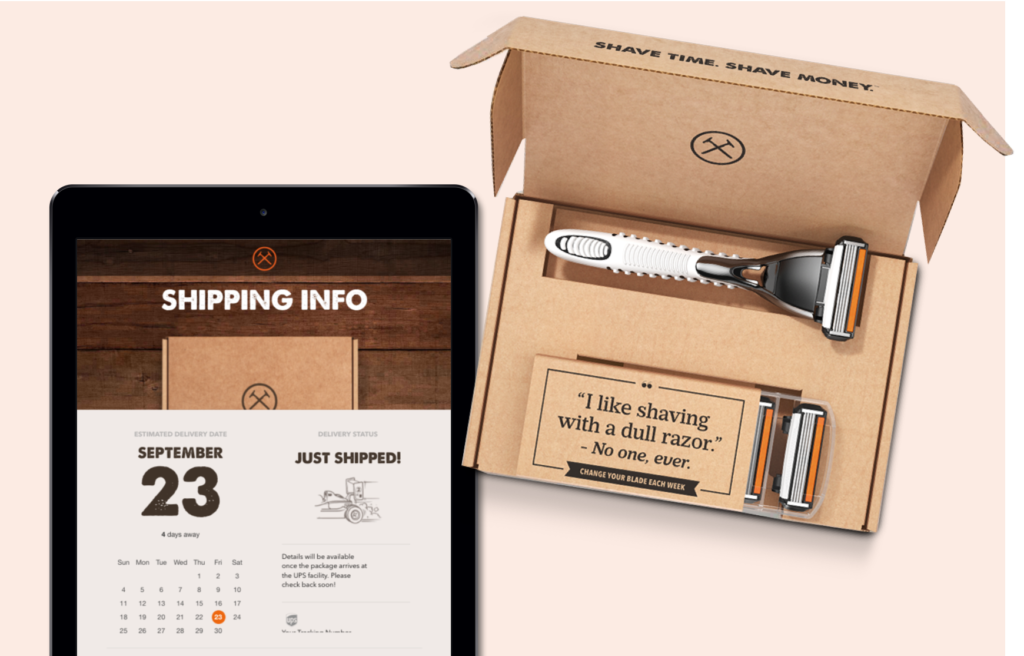Consumers already becoming complacent about subscription products (By Allison Yano, sourced from the American Genius)

Odds are, if you’re reading this, you’ve at least subscribed to some sort of retail service in the past or currently have your credit card on auto-pay somewhere. Since the Dollar Shave Club has exploded in popularity using their subscriptions service to deliver grooming products right to your door, other retailers are taking notice of the trend.
With this easy, automatic system, are consumers becoming complacent?
It happens to all of us — your stock of toilet paper is running low. You’re squeezing out the last bit of toothpaste, or your cat is giving you the death glare because you forgot to pick up wet food on the way home.
Automatic subscriptions have become remedy these menial hiccups in your day — why worry when your products will show up in the mail right on time? Forget your need to make a list or an extra run to the store. The convenience of it all is a given, but what will this mean about the way we shop?
Companies like Dollar Shave Club promote their brand as a lifestyle. Thanks to the subscription platform, the wealth of information they have on their consumers helps them tailor both their products and content.
Allowing the subscription to dictate what you use/read/interact with can become more a statement of passivity than interest. However, as these retailers evolve, the topics explored by the company will ultimately, for better or worse, drag in their consumer base.
In the wake of the retailpocalypse, it seems likely the subscription model will dominate shopping trends.
And like with all trends, retail failures will surely follow.
However, consumers do make a point to show what they are genuinely interested in – convenient and eco-friendly ways to improve their lifestyles and make life just a little bit easier. Hard to go wrong with relieving stress from the daily grind.
That’s all the positive, but there are complications with the subscription model – companies are getting addicted to them and thinking it’s their retail savior (“just throw some of our widgets in a box and charge monthly, it’ll be the Uber of widgets!”). We’re seeing subscription startups continue to pop up, and it seems that the market is already becoming overly saturated.
Having a subscription to shaving supplies, a separate subscription to socks, to cat food, to tea, to organic toothbrushes, to monthly outfits and so forth, all provide a curated and custom experience, but we’re already seeing consumer fatigue in over-subscribing.
As the market becomes overly saturated, those that don’t rely on a marketing gimmick, rather offer something that cannot be found elsewhere (especially Amazon) will survive. But it’s not too early to predict that many subscription models will be bunded, or they’ll fail. We’ll see.
recommend